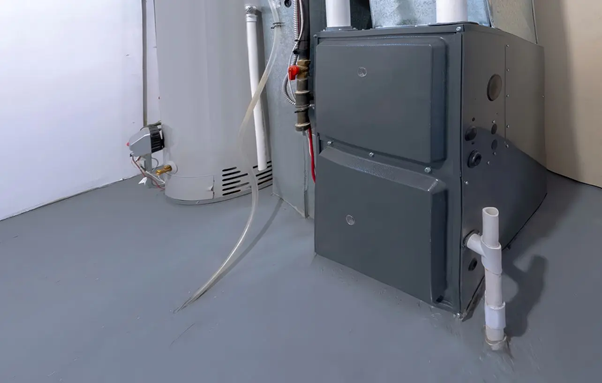Selecting the appropriate draft inducer for your heating system is crucial for maintaining optimal performance, efficiency, and safety. A draft inducer plays a vital role in ensuring that the furnace operates correctly by facilitating proper airflow and venting of combustion gases. This article provides a comprehensive guide to choosing the right draft inducer for your heating system, focusing on key considerations and features to help you make an informed decision.
Understanding the Role of a Draft Inducer
A draft inducer, also known as a draft fan or blower, is an integral component of a heating system. Its primary function is to improve the efficiency of the furnace by enhancing the draft in the flue, which ensures that combustion gases are expelled safely and effectively. By maintaining a proper airflow, the draft inducer helps prevent issues such as backdrafting and incomplete combustion, which can lead to dangerous conditions and reduced system performance.
Key Factors to Consider When Choosing a Draft Inducer
1. Compatibility with Your Heating System
The first and foremost consideration when selecting a Draft Inducer is compatibility with your existing heating system. Different furnaces and heating systems have specific requirements for draft inducers based on their design and capacity. It is essential to verify that the draft inducer you choose is designed to work with your furnace model and meets the manufacturer’s specifications. Consulting your furnace’s user manual or a professional HVAC technician can provide guidance on the correct draft inducer for your system.
2. Size and Capacity
Draft inducers come in various sizes and capacities, and selecting the right one is crucial for ensuring optimal performance. The size of the draft inducer should match the capacity of your heating system. An undersized draft inducer may struggle to create sufficient airflow, while an oversized unit can lead to excessive noise and energy consumption. The correct size ensures that the draft inducer operates efficiently and effectively without compromising the heating system’s performance.
3. Material and Durability
Draft inducers are exposed to high temperatures and corrosive elements, making the choice of material and durability a significant factor. Look for draft inducers made from high-quality, heat-resistant materials such as stainless steel or heavy-duty plastic. These materials are designed to withstand the harsh conditions within the furnace and provide long-lasting performance. Ensuring that the draft inducer is built to handle the demands of your heating system can prevent frequent replacements and maintenance issues.
4. Noise Level
Noise level is an important consideration when selecting a draft inducer, especially if the unit will be installed in a residential area. Some draft inducers can produce noticeable noise during operation, which can be disruptive to your home environment. Check the noise ratings and reviews of the draft inducer you are considering to ensure that it operates quietly. Opting for a unit with advanced noise-reduction features can enhance comfort and maintain a peaceful living space.
5. Energy Efficiency
Energy efficiency is a key factor in choosing a draft inducer, as it impacts the overall efficiency of your heating system. A more efficient draft inducer can help reduce energy consumption and lower utility bills. Look for models that are designed with energy-saving features and have high-efficiency ratings. Additionally, ensure that the draft inducer is compatible with modern heating systems that incorporate energy-efficient technologies, such as variable-speed motors.
6. Ease of Installation and Maintenance
The installation and maintenance of the draft inducer should be straightforward and convenient. Choose a draft inducer that comes with clear installation instructions and is compatible with standard mounting configurations. Additionally, consider the ease of accessing the draft inducer for routine maintenance and repairs. Units designed for easy disassembly and cleaning can help reduce maintenance time and costs.
Conclusion
Choosing the right draft inducer for your heating system involves evaluating several key factors, including compatibility, size, material durability, noise level, energy efficiency, and ease of installation and maintenance. By carefully considering these aspects, you can select a draft inducer that enhances the performance and efficiency of your heating system while ensuring safety and comfort in your home. Consulting with a professional HVAC technician can also provide valuable insights and recommendations tailored to your specific heating needs. Investing in the right draft inducer will contribute to the longevity and effectiveness of your heating system, providing you with reliable and efficient heating for years to come.

